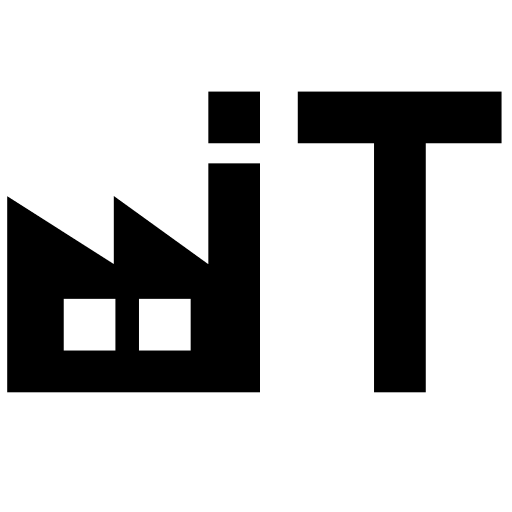A Standard Operating Procedure (SOP) is an essential tool for streamlining business processes, ensuring consistency, and increasing productivity. But how do you create an SOP that truly works? In this guide, discover a step-by-step approach to writing, implementing, and maintaining effective SOPs.
What is an SOP and Why is it Important?
A Standard Operating Procedure (SOP) is a documented set of instructions that describes how a task or process should be correctly executed. SOPs ensure that tasks are performed in a consistent, efficient, and compliant manner.
Benefits of a Well-Written SOP:
✔️ Reduces errors and increases process accuracy.
✔️ Simplifies training and onboarding for new employees.
✔️ Ensures compliance with laws and regulations in regulated industries.
✔️ Improves efficiency and saves time by providing clear guidelines.
Step-by-Step Guide: How to Write an Effective SOP
1. Define the Purpose and Scope
Before writing, determine why the SOP is needed and who will use it. Define the process and the departments or employees involved.
2. Gather Information and Involve Employees
Consult team members who perform the process daily to collect relevant insights and best practices. This ensures the SOP is practical and effective.
3. Structure and Format the SOP
A well-organized SOP should be easy to understand and follow. Use a standard format with these key elements:
- Title – Clear name of the procedure.
- Purpose and scope – What is the objective, and who is it for?
- Required materials/tools – Everything needed to perform the task.
- Step-by-step instructions – Clear, numbered steps in logical order.
- Safety and compliance guidelines – Any regulatory or company policies that apply.
- Approval and revision dates – Who approved the SOP, and when was it last updated?
4. Use Clear Language and Visual Aids
Avoid jargon and complex sentences. Use active language and visual elements such as images, diagrams, or videos to make the SOP easier to understand.
5. Test and Validate the SOP
Have employees test the SOP to ensure the instructions are clear and practical. Gather feedback and refine the SOP as needed.
6. Digitize and Implement the SOP
To ensure employees always have access to the latest SOPs, digitization is crucial. Use tools like the Work Instruction App to manage SOPs efficiently, keep them up-to-date, and ensure instant accessibility.
7. Maintain and Regularly Update SOPs
Processes evolve, and SOPs must keep up. Schedule periodic reviews and updates to ensure they remain relevant and effective.
Common Mistakes When Creating SOPs (and How to Avoid Them)
❌ Overly long and complex SOPs → ✔️ Keep it concise, clear, and include visual support.
❌ Lack of employee involvement → ✔️ Gather input from those who perform the process.
❌ Failure to update SOPs regularly → ✔️ Set a revision schedule and assign a responsible person.
❌ Poor implementation of SOPs → ✔️ Ensure training and use a digital platform for easy management.
Conclusion
A well-written and properly managed SOP is a powerful tool for improving efficiency, compliance, and quality within an organization. By digitizing SOPs with tools like the Work Instruction App, you ensure that procedures remain up-to-date and accessible for your team.
Want to manage SOPs easily and effectively? Discover how the Work Instruction App can help streamline your business processes!

